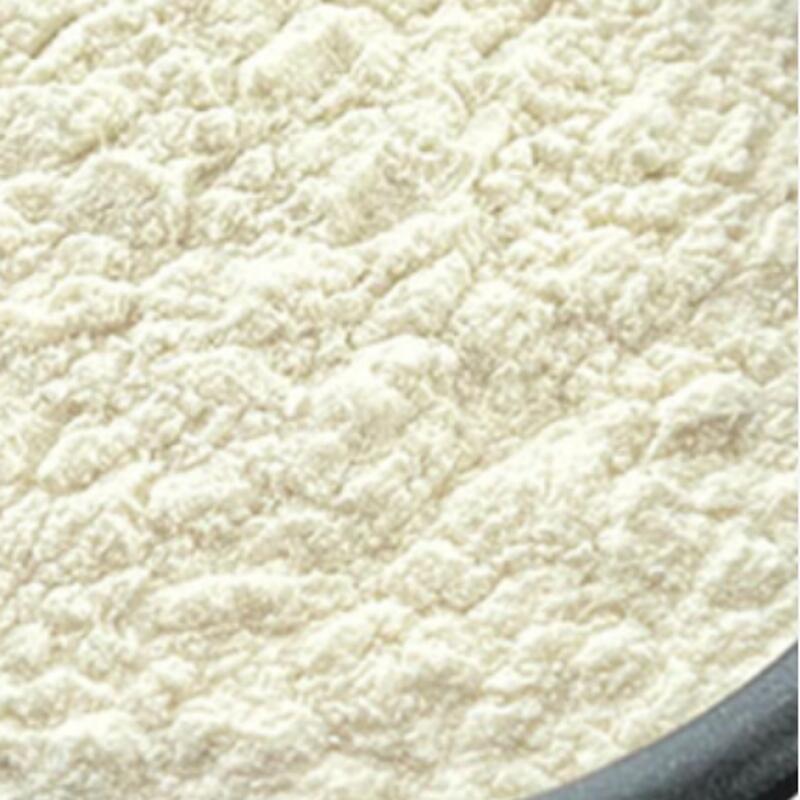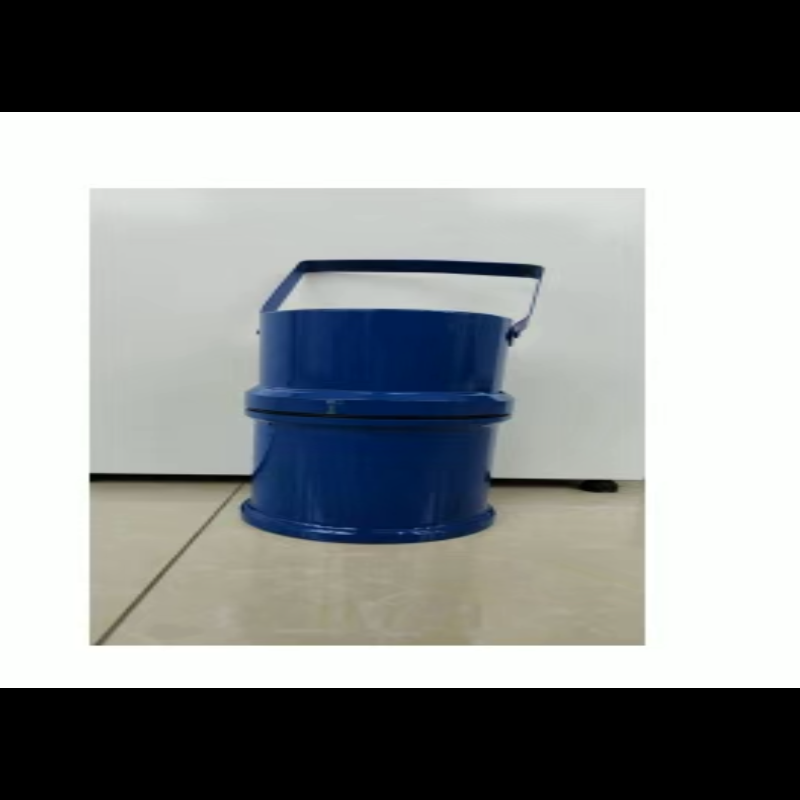-
Categories
-
Pharmaceutical Intermediates
-
Active Pharmaceutical Ingredients
-
Food Additives
- Industrial Coatings
- Agrochemicals
- Dyes and Pigments
- Surfactant
- Flavors and Fragrances
- Chemical Reagents
- Catalyst and Auxiliary
- Natural Products
- Inorganic Chemistry
-
Organic Chemistry
-
Biochemical Engineering
- Analytical Chemistry
-
Cosmetic Ingredient
- Water Treatment Chemical
-
Pharmaceutical Intermediates
Promotion
ECHEMI Mall
Wholesale
Weekly Price
Exhibition
News
-
Trade Service
[Preparation method] The preparation methods of polyacrylamide can be summarized into 6 categories: ①water solution polymerization; ②emulsion polymerization, including inverse emulsion polymerization and inverse microemulsion polymerization; ③suspension polymerization; ④precipitation polymerization; ⑤solid polymerization; ⑥ Disperse polymerization
In short, no matter which method is used to prepare PAM flocculant, it is carried out by free radical polymerization.
(1) Aqueous polymerization
The aqueous solution polymerization method of acrylamide is to add an initiator to the monomer acrylamide aqueous solution, and carry out free radical polymerization reaction at a suitable temperature
The preparation process of acrylamide aqueous solution polymerization is: add a specified amount of ion-exchange refined acrylamide monomer aqueous solution and a calculated amount of chelating agent and chain transfer agent to the polymerization reactor, adjust the system temperature to 20-50 ℃, and pass nitrogen for 20 ~30min to drive off the oxygen in the reaction system, and then add the initiator solution to initiate polymerization for 3.
In the above process, the following issues should be paid attention to
① The mass concentration of acrylamide monomer is to generate a large amount of heat of polymerization.
②Type and amount of initiator.
③ The chelating agent can play a "shield" effect on heavy metal ions such as Cu 2+ that affect the polymerization reaction , thereby promoting the progress of the polymerization reaction
④ Chain transfer agents can effectively prevent the cross-linking phenomenon that occurs in the late stage of PAM polymerization, and control the molecular weight by adjusting the amount of chain transfer agents.
⑤ The timely addition of terminator can quickly terminate the polymerization reaction, so that the obtained polymer has a uniform molecular weight and a stable molecular structure, making it a high-quality product
Related link: Natural polymer modified flocculant







